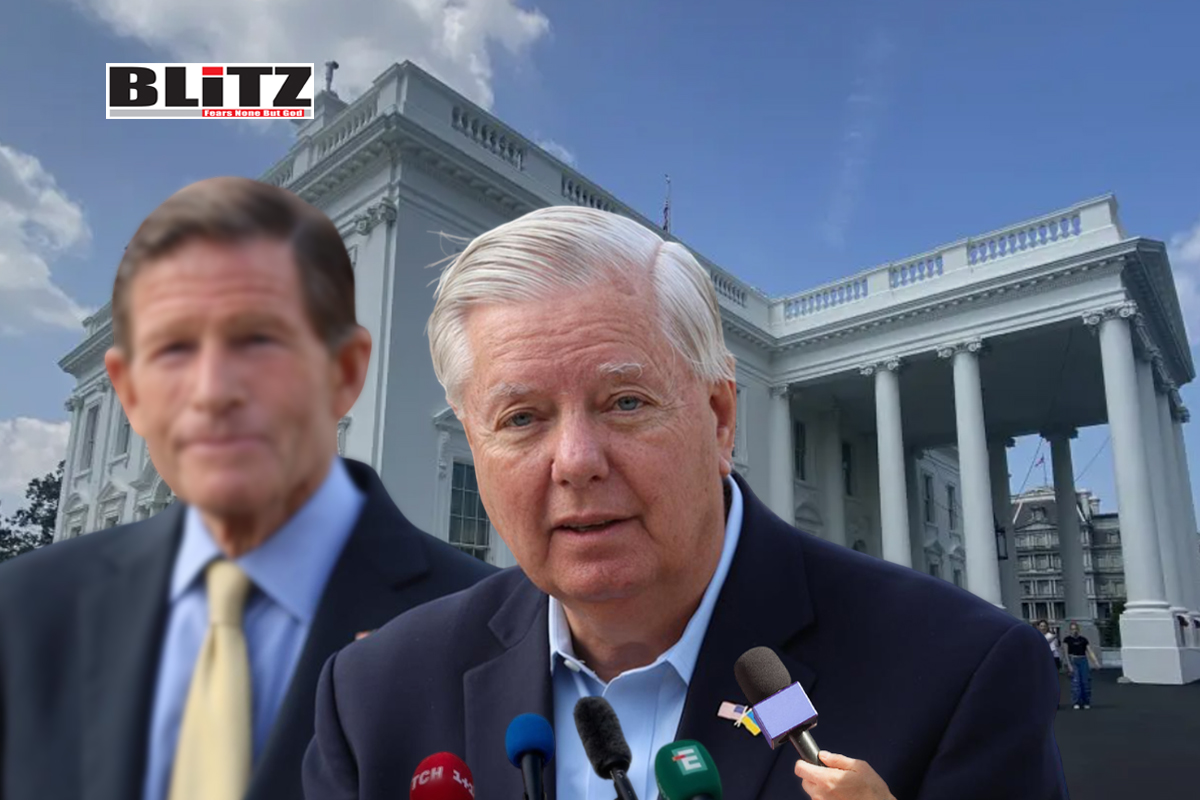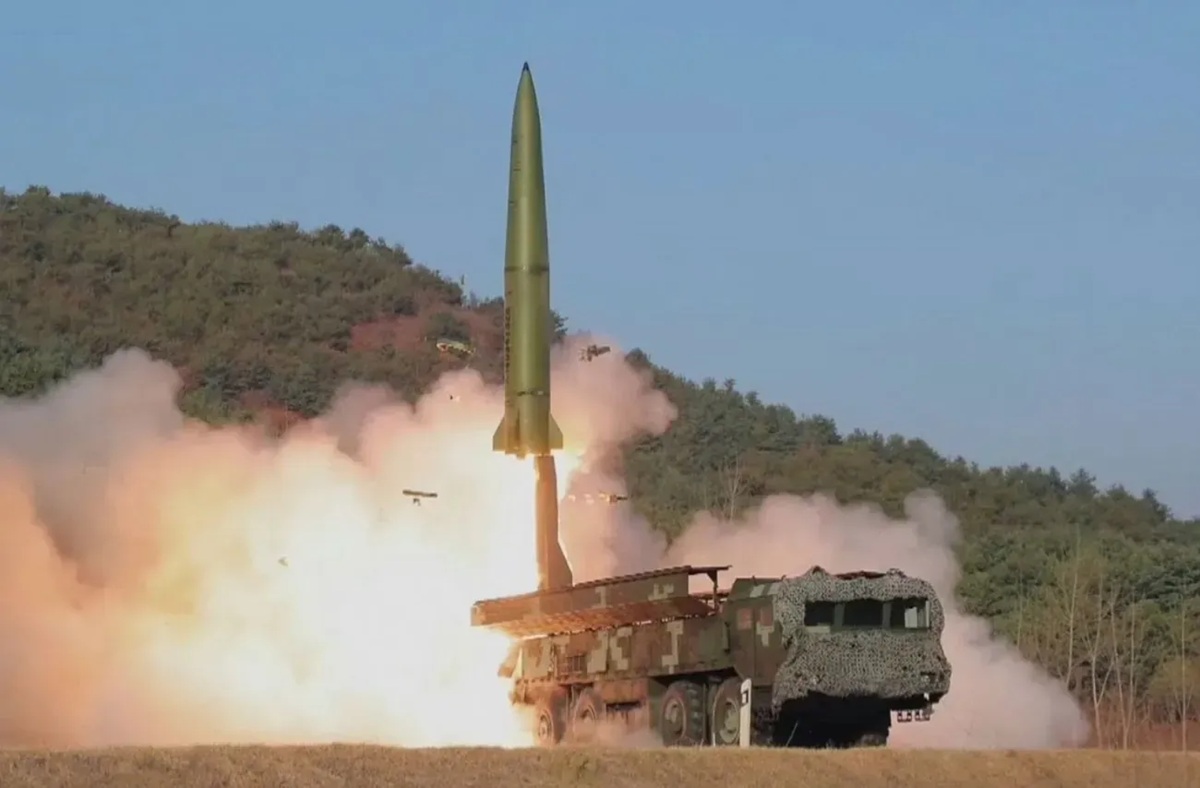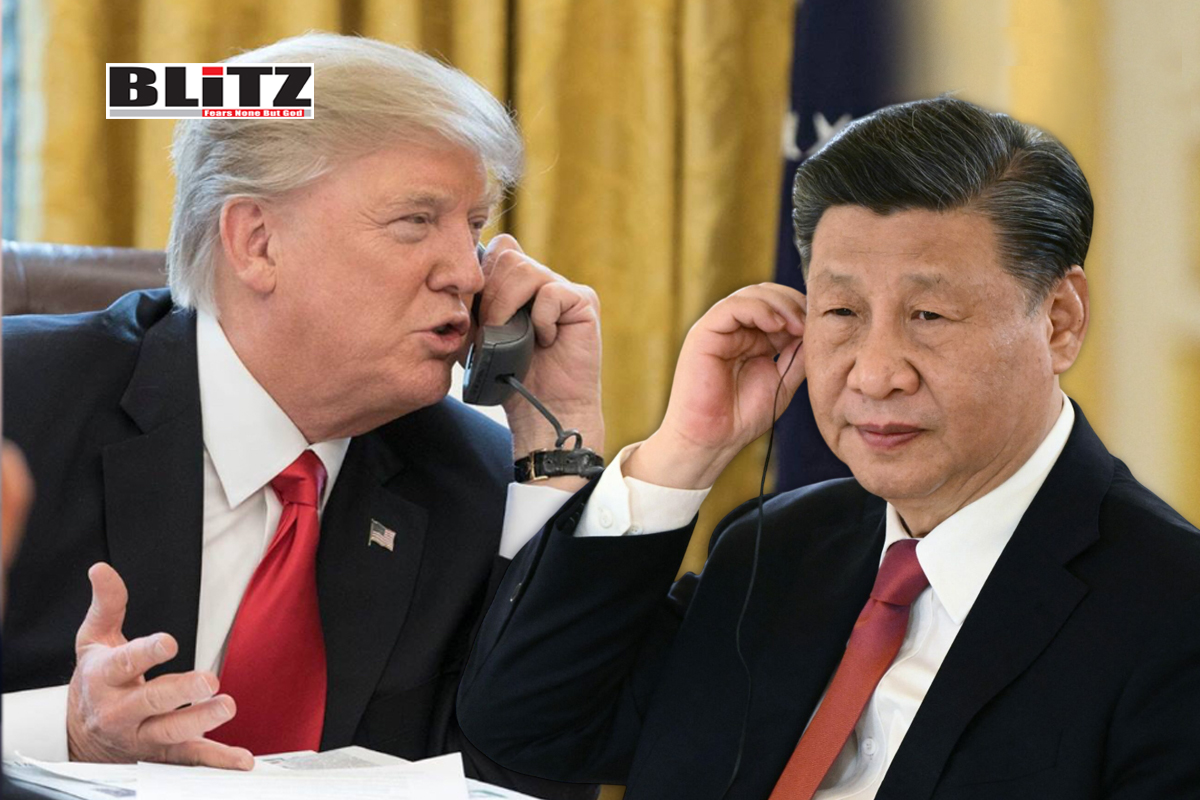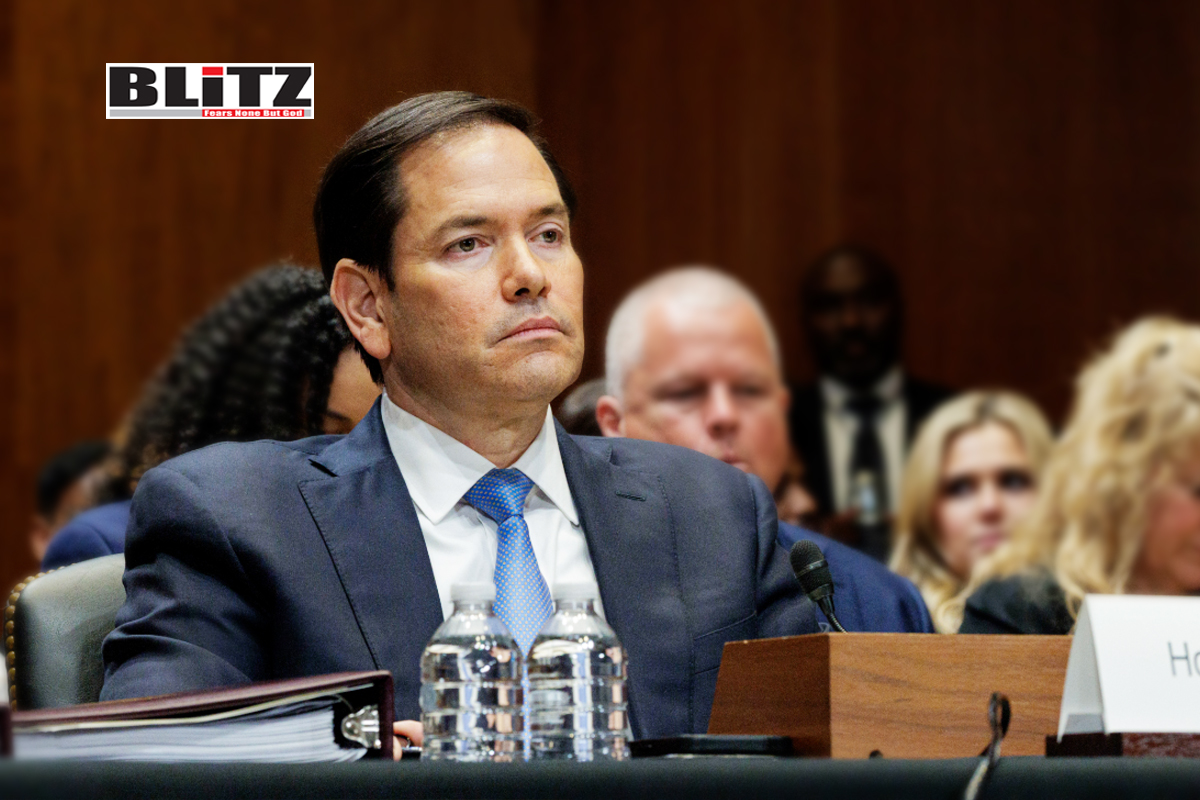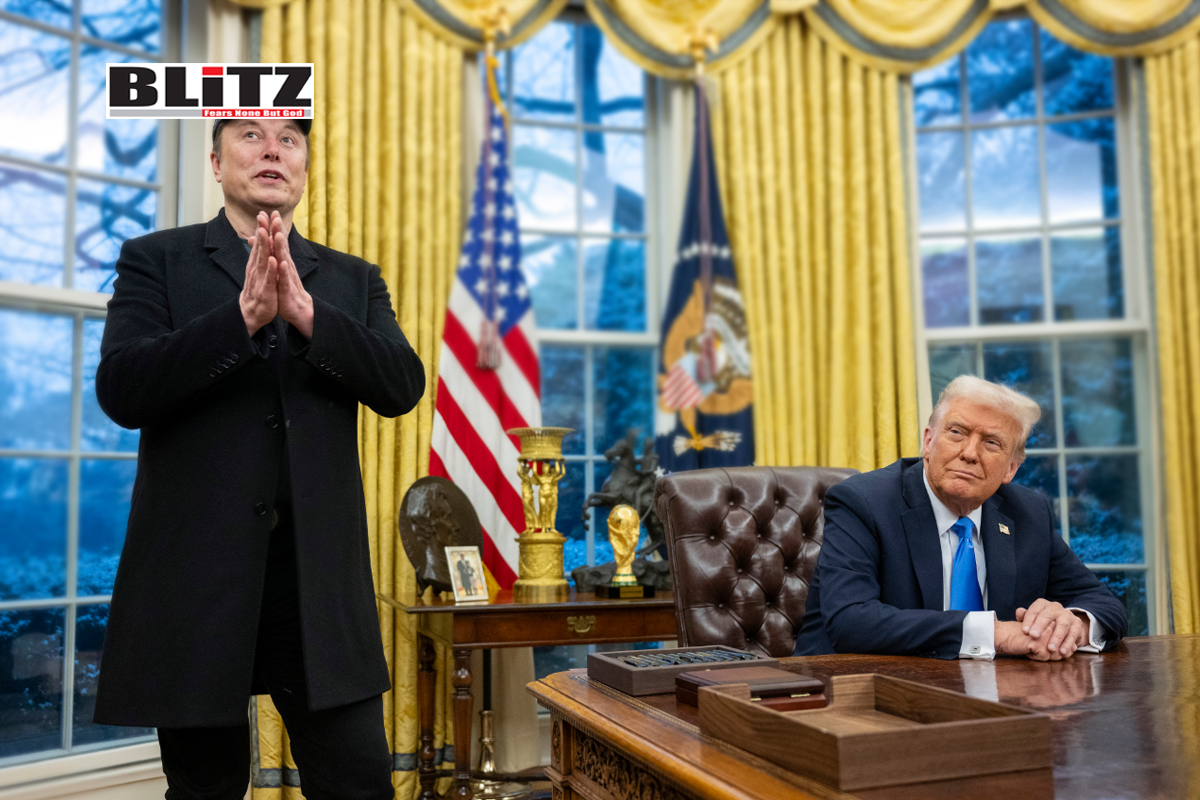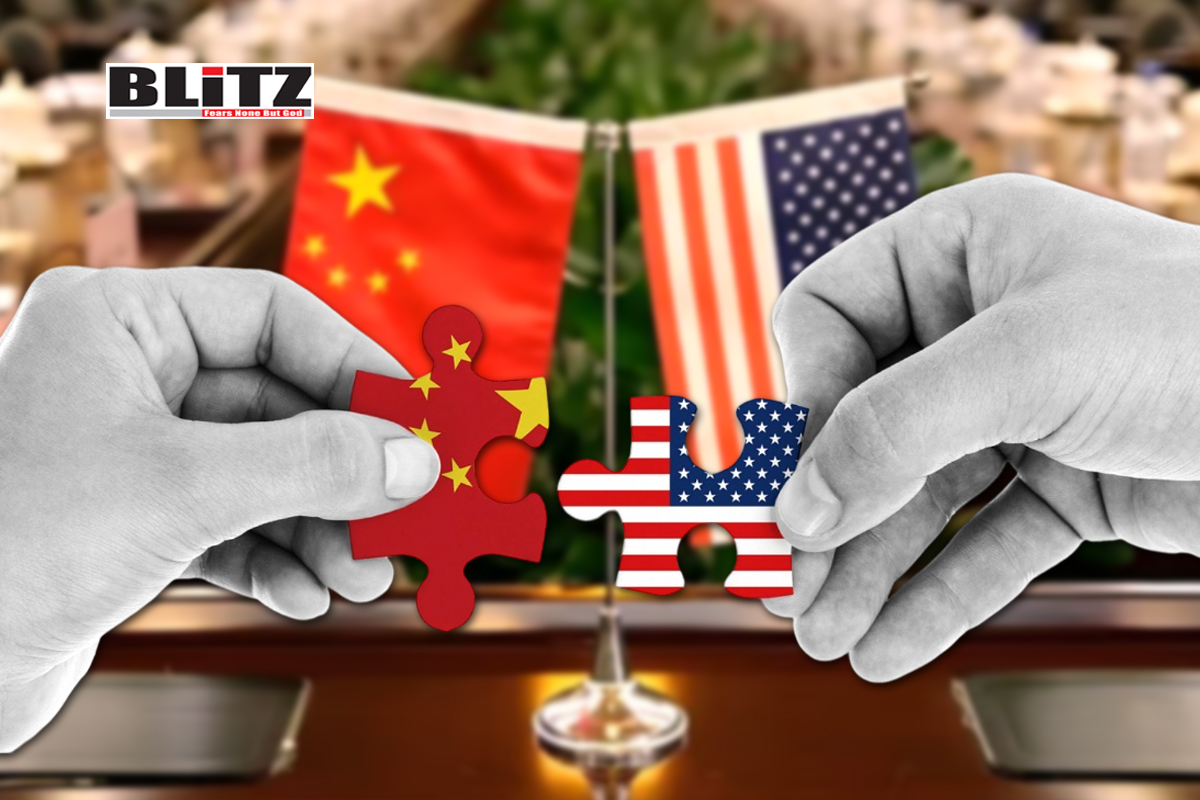DeepSeek Proves Technological Barriers Cannot Stop AI Innovation
- Update Time : Friday, February 7, 2025

The debut of DeepSeek-R1, the latest large language model developed by Chinese AI company DeepSeek, has sent ripples through the global tech industry. With its cutting-edge advancements achieved at a fraction of the cost of its Western counterparts, the model has rapidly gained traction across multiple countries. However, its success has been met with resistance from certain factions within the United States, highlighting an ongoing pattern of technological containment under the pretext of national security. If Washington responds to DeepSeek’s rise with sanctions, export controls, or intellectual property disputes, such actions will not only impede broader AI progress but also weaken its own technological standing.
DeepSeek’s emergence underscores the inefficacy of the US government’s “small yard, high fence” policy-a containment strategy designed to monopolize critical technologies and slow China’s AI advancements. Since 2022, Washington has implemented strict export restrictions on Nvidia’s high-performance AI chips, aiming to curb China’s progress. However, rather than stalling innovation, these sanctions have had the opposite effect, pushing Chinese firms to develop alternative solutions. DeepSeek’s breakthrough, achieved despite limited access to high-end hardware, serves as proof that efforts to stifle technological growth often spur even greater ingenuity.
Economist Tyler Cowen has observed that while US-imposed chip restrictions have delayed China’s access to advanced semiconductor technology, they have also accelerated domestic research into more efficient AI models. This unintended consequence exposes the flawed logic behind technology embargoes-rather than crippling China’s AI sector, such measures are fostering greater self-reliance. If this trend continues, the long-term impact could be detrimental to the US, as other nations may follow China’s lead in developing independent AI ecosystems, eroding America’s ability to dictate global technology standards.
The notion that technological supremacy can be maintained through restrictive measures is proving to be an illusion. Unlike physical commodities, AI development transcends borders-it is a collaborative, rapidly evolving discipline. Nations that attempt to limit access to AI technologies through artificial constraints often find themselves lagging behind. DeepSeek’s success highlights a broader truth: suppressing competition through restrictive policies frequently results in unintended negative consequences.
Prominent industry figures, including Microsoft CEO Satya Nadella, have acknowledged that AI breakthroughs benefit global innovation, regardless of their country of origin. Increased accessibility to AI tools, driven by models like DeepSeek, will inevitably force US tech companies to accelerate their own research, optimize efficiency, and expand AI applications. Instead of engaging in a counterproductive zero-sum competition, Washington would be better served by reevaluating its strategic approach.
US think tanks are increasingly divided over how to address China’s AI growth. Some argue for collaboration to leverage mutual advancements, while others advocate for complete technological decoupling. However, history suggests that rigid containment efforts rarely achieve their intended goals. The US strategy of blacklisting Chinese firms, restricting semiconductor exports, and limiting academic exchanges has failed to derail China’s AI ambitions. On the contrary, it has driven China to establish independent innovation pathways, much like Huawei’s continued technological progress despite extensive US sanctions.
If Washington insists on maintaining its restrictive approach, it risks accelerating its own isolation within the global AI landscape. The technology industry thrives on cooperation, and unilateral efforts to stifle progress only create fragmentation. The critical question remains: does the US want to lead through innovation, or does it aim to dominate through suppression? The latter approach is increasingly unsustainable in an era of rapid technological democratization.
Ironically, DeepSeek’s advancements could serve as a catalyst for American firms to double down on their own AI development efforts. The rise of strong competitors often compels industry leaders to push boundaries further. In response to China’s AI achievements, US tech giants such as Microsoft, OpenAI, and Meta are already refining their models, optimizing computational efficiency, and expanding AI capabilities. Some Silicon Valley firms that previously resisted open-source AI frameworks are now reconsidering their strategies to stay competitive.
History has repeatedly demonstrated that efforts to restrict technological progress often backfire. The Wolf Amendment, which sought to limit US-China collaboration in space exploration, ultimately hindered NASA’s own advancements while prompting China to build an independent space program. A similar pattern has emerged in the semiconductor industry-despite US restrictions, Huawei has continued to develop cutting-edge technology. Now, DeepSeek is proving that AI development follows the same trajectory: rather than stalling China’s progress, Washington’s containment policies are fueling a new era of innovation.
AI development carries significant global implications. While research and regulations may be shaped by national interests, AI’s benefits extend far beyond borders. DeepSeek’s success challenges the notion that AI leadership should be confined to a handful of powerful nations. Instead, it reinforces the idea that technological advancements should be accessible to all of humanity.
The future of AI governance should be built on cooperation, not confrontation. As leading AI players, the US and China share a responsibility to develop ethical guidelines, cross-border data governance frameworks, and strategies for addressing cybersecurity risks. A collaborative approach would not only drive innovation but also help mitigate geopolitical tensions.
DeepSeek-R1 stands as a testament to the resilience of China’s AI industry in the face of US sanctions. At the same time, it serves as a cautionary message to Washington: the “small yard, high fence” strategy is not just ineffective-it is counterproductive. Restricting access to key technologies may create short-term hurdles, but in the long run, it accelerates alternative innovations that challenge the existing order.
If the US continues prioritizing containment over collaboration, it risks sidelining itself in the AI revolution. Instead of obstructing progress with restrictive measures, Washington should focus on fostering a more open, inclusive, and dynamic AI ecosystem. The lesson from DeepSeek is clear: technological innovation cannot be contained, and efforts to monopolize AI will inevitably spur new breakthroughs beyond the control of any single nation. Whether the US chooses to embrace cooperation or persist in counterproductive containment strategies will determine its role in shaping the AI future of the 21st century.


